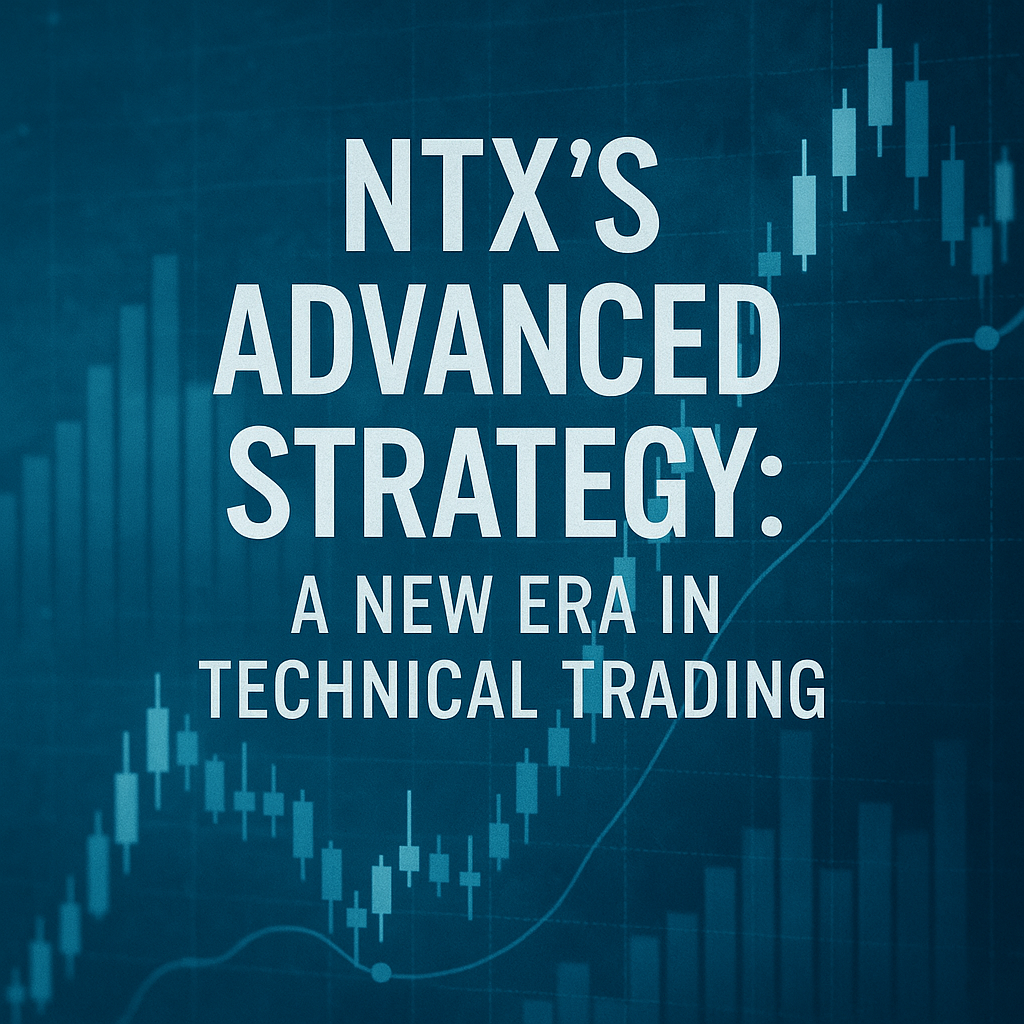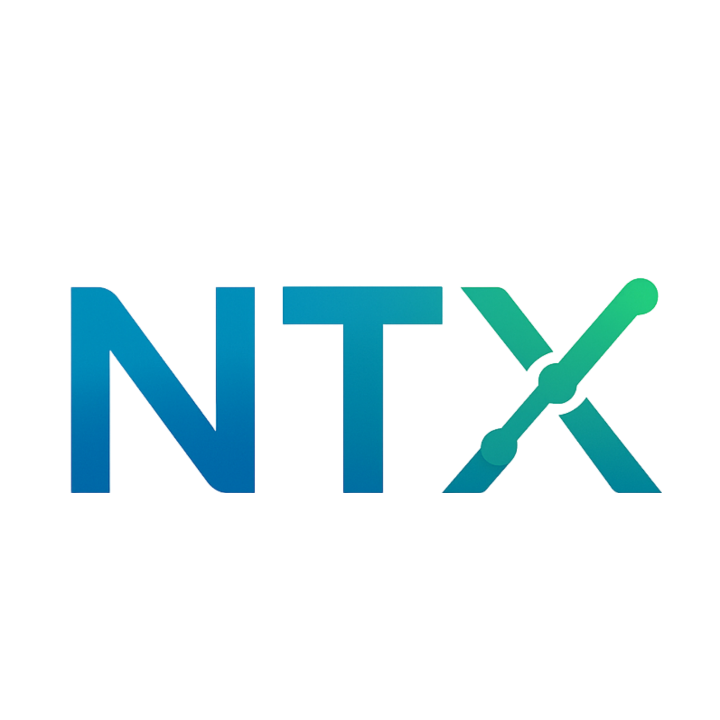
The world of forex trading is ever-evolving, with traders constantly seeking new ways to gain an edge in the highly competitive markets. Over time, various technical trading strategies have emerged, each with its own set of principles and methodologies. In this article, we will explore some of the most influential forex trading strategies, including price action techniques, and dive deep into a powerful method called liquidity hunting. Specifically, we will discuss how NTX’s advanced trading system utilizes this method in a unique way, setting a new standard for technical trading in the modern era.
Forex Trading Strategies: An Overview
Forex trading has a variety of strategies based on different market analyses, including fundamental analysis, technical analysis, and sentiment analysis. However, technical analysis tends to dominate due to its ability to help traders predict future price movements based on past market data.
Within technical analysis, several strategies exist, each with its own focus:
Price Action Trading
Liquidity Hunting
Modern Trading Concepts: RTM, ICT, and Smart Money
Let’s break down these strategies and understand their core principles.
Price Action Trading: The Foundation of Technical Strategies
Price action trading is one of the most straightforward and widely used strategies in forex. It focuses on the movement of price on the chart without relying on external indicators. Traders using price action analyze the historical price movement to make predictions about future price direction.
Key price action techniques include:
Support and Resistance: Identifying key levels where price is likely to reverse.
Candlestick Patterns: Recognizing patterns like pin bars, engulfing candles, or inside bars to signal potential reversals or continuations.
Trendlines: Drawing lines to identify the overall direction of the market, whether upward, downward, or sideways.
While effective, price action trading often requires a significant amount of experience to successfully interpret market behavior and predict price movements. However, it does provide a solid foundation upon which more advanced strategies can be built.
Liquidity Hunting: The Core Concept of Modern Trading
Liquidity hunting refers to the practice of identifying areas in the market where liquidity—or the volume of orders—exists, and capitalizing on these areas. In the forex market, liquidity often builds up around key levels, such as support and resistance, order blocks, or high volume zones.
Traders who engage in liquidity hunting understand that the market often targets these areas to fill large orders. Therefore, by identifying these key levels, traders can anticipate where the market might move to “hunt” liquidity before reversing or continuing in the direction of the trend.
Liquidity hunting is a powerful strategy used by both institutional traders and retail traders. The underlying concept is simple: major players like banks and hedge funds need to fill large orders, and these orders can cause price movements when they intersect with key liquidity levels.
NTX’s Advanced Liquidity Hunting Strategy
At NTX, we take a unique approach to liquidity hunting. While many modern strategies are built around this core concept, NTX has developed its own proprietary methods to identify and exploit liquidity in ways that traditional systems cannot. This involves a blend of cutting-edge algorithms and deep market insights to pinpoint where large liquidity zones exist and how to position trades that capitalize on the market’s natural tendency to target these areas.
NTX’s advanced strategy goes beyond simple liquidity hunting by incorporating sophisticated data models and market psychology into its predictions. While liquidity hunting is at the heart of many trading systems, NTX adds an additional layer of precision, integrating advanced AI and predictive analytics to fine-tune entry and exit points.
Modern Liquidity Hunting Strategies: RTM, ICT, and Smart Money
While NTX has its own advanced methodology, several modern trading strategies also use liquidity hunting principles, albeit with different approaches. Let’s explore three popular modern strategies: RTM (Return to Market), ICT (Inner Circle Trader), and Smart Money Concepts.
1. RTM (Return to Market)
The RTM strategy is based on the idea that price tends to return to certain levels before continuing its movement. These levels are often areas where liquidity is concentrated, such as order blocks, liquidation points, or previous support and resistance levels. RTM traders look for price reversals or pullbacks to these levels, anticipating that large institutional orders will push the price back in the desired direction.
How it relates to liquidity hunting: RTM identifies areas where liquidity is likely to be trapped, making it a perfect tool for liquidity hunting. Traders using RTM aim to take advantage of these liquidity zones by entering trades as the market moves back to these key levels before continuing its trend.
2. ICT (Inner Circle Trader)
ICT is a popular trading methodology developed by Michael J. Huddleston, which focuses on understanding institutional market behavior. The strategy revolves around identifying smart money moves and understanding how institutional traders create market conditions that drive price in their favor. ICT strategies often look for liquidity voids, order blocks, and institutional candle patterns to identify areas where liquidity will be hunted.
How it relates to liquidity hunting: The ICT methodology focuses heavily on the idea that institutions hunt for liquidity in specific areas of the market to fill their orders. By understanding where smart money operates, traders can anticipate price movements that are often aligned with liquidity hunting tactics.
3. Smart Money Concepts
The Smart Money strategy is based on the belief that institutional traders (banks, hedge funds, etc.) have the knowledge and resources to move the market. The goal is to identify the actions of smart money and align your trades accordingly. Techniques include monitoring order flow, understanding market structure, and identifying liquidity pools that smart money might target.
How it relates to liquidity hunting: Smart money concepts are heavily intertwined with liquidity hunting because institutional players often create and exploit liquidity zones to fill their large orders. By understanding where these zones are likely to form, traders can position themselves to benefit from smart money’s movements.
NTX’s Approach: A Hybrid Strategy
While RTM, ICT, and Smart Money concepts all focus on liquidity hunting, NTX’s approach is more sophisticated. By combining traditional methods with AI-driven models and advanced data analytics, NTX can identify liquidity zones with greater precision. This hybrid strategy is the future of forex trading, offering an edge over traditional methods that rely solely on technical analysis or basic liquidity principles.
NTX’s system not only hunts for liquidity but also uses predictive models to understand market sentiment, volatility, and other key factors that influence price movements. This ensures that NTX traders are not just reacting to market movements but anticipating them with higher accuracy.
Conclusion
The rise of liquidity hunting in modern forex trading has revolutionized how traders approach the market. Strategies like RTM, ICT, and Smart Money Concepts have proven effective in identifying and exploiting liquidity zones. However, NTX takes this concept even further with its advanced hybrid strategy, blending traditional technical analysis with modern AI technologies for enhanced accuracy and performance.
Whether you’re a beginner or an experienced trader, understanding liquidity hunting and how NTX integrates it into its system can give you a new perspective on forex trading. In this new era of trading, NTX’s advanced strategy offers a unique opportunity to capitalize on market movements in ways that traditional strategies simply cannot match.
References:
. Huddleston, M. J. (2019). The Inner Circle Trader: Understanding Market Structure and Liquidity. Trading Psychology Institute.
. Zhang, Y., & Huang, T. (2020). Smart Money and Liquidity: How Institutional Players Shape the Market. Financial Trading Journal, 45(3), 224-241.
. Williams, T. (2018). Liquidity Hunting and Its Impact on Forex Market Dynamics. Forex Research Journal, 19(2), 130-145.
